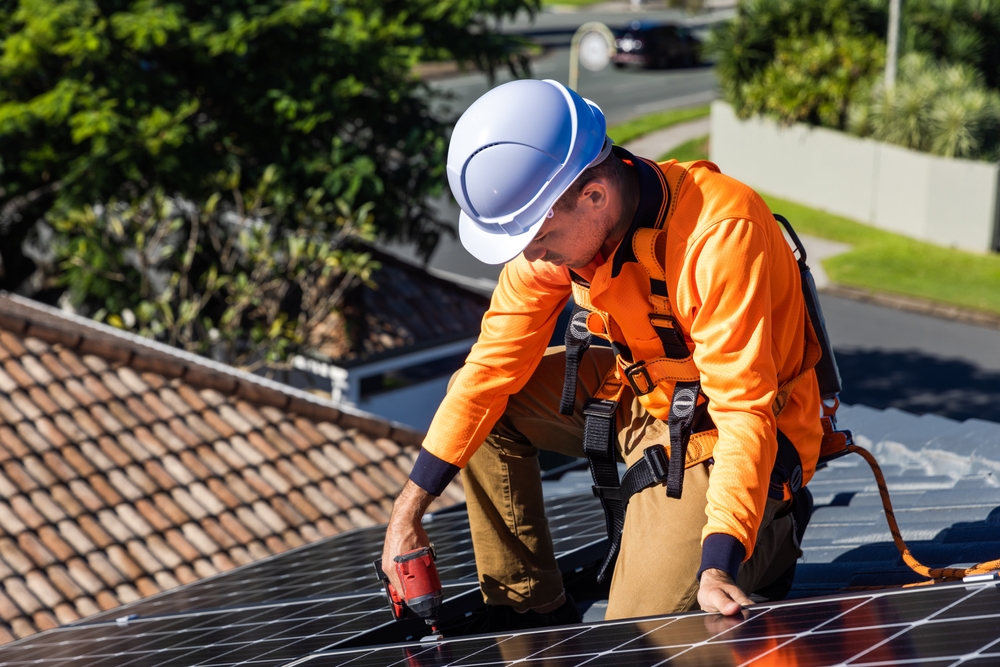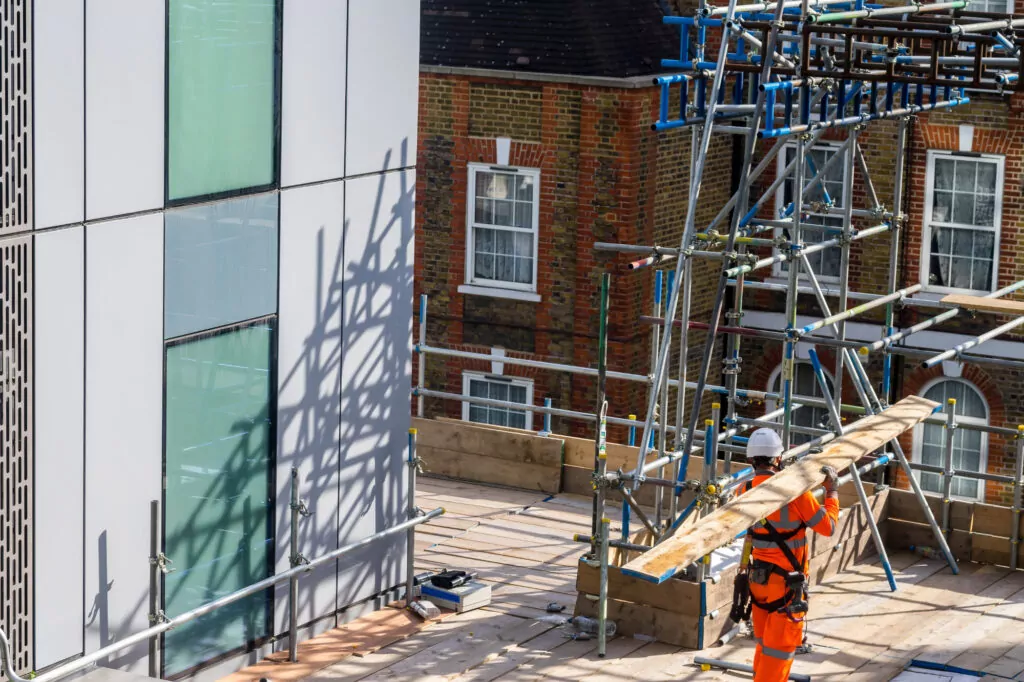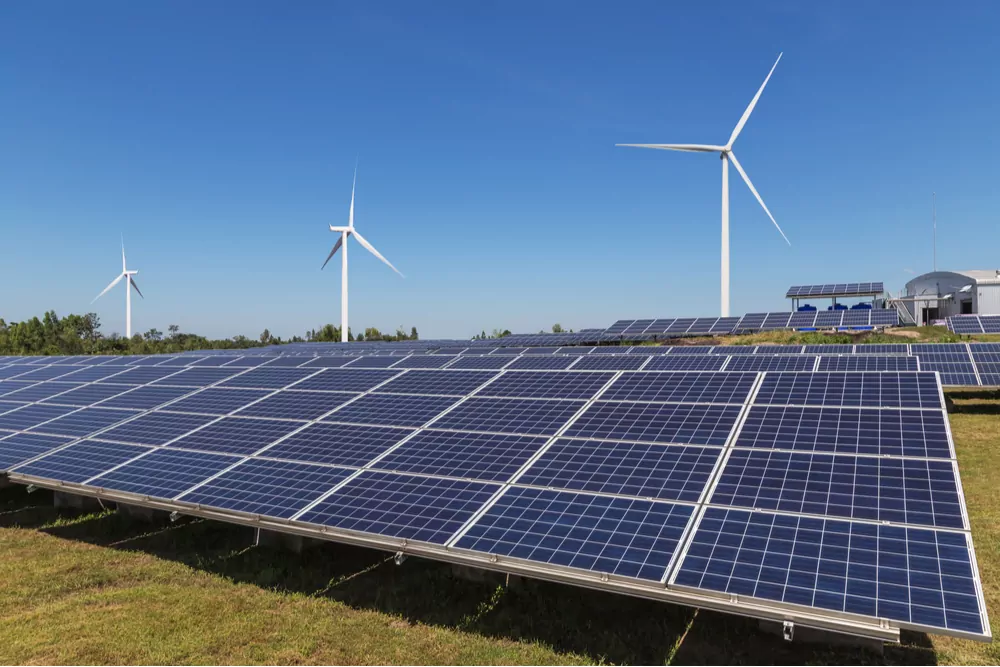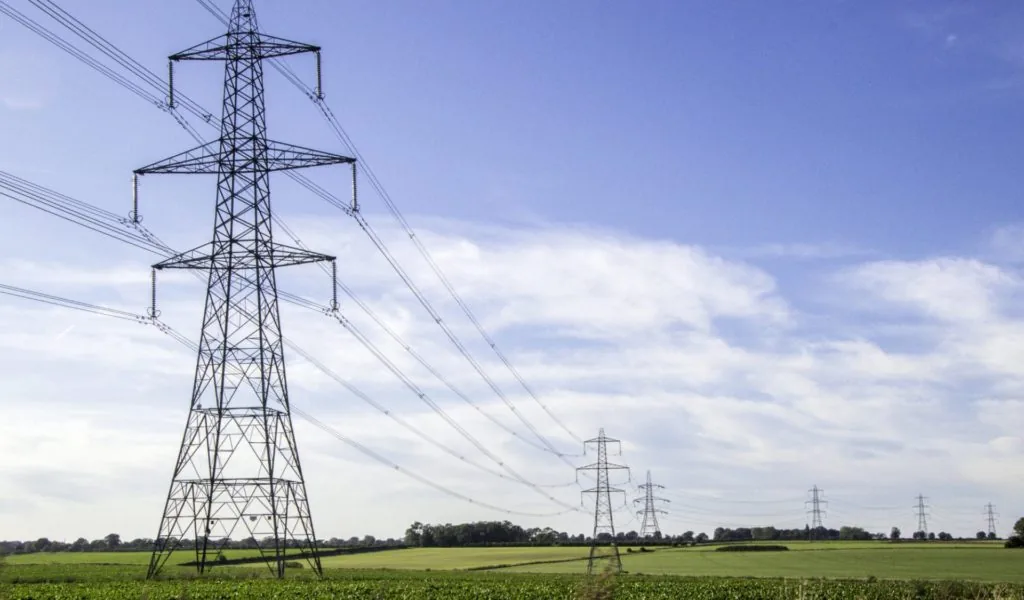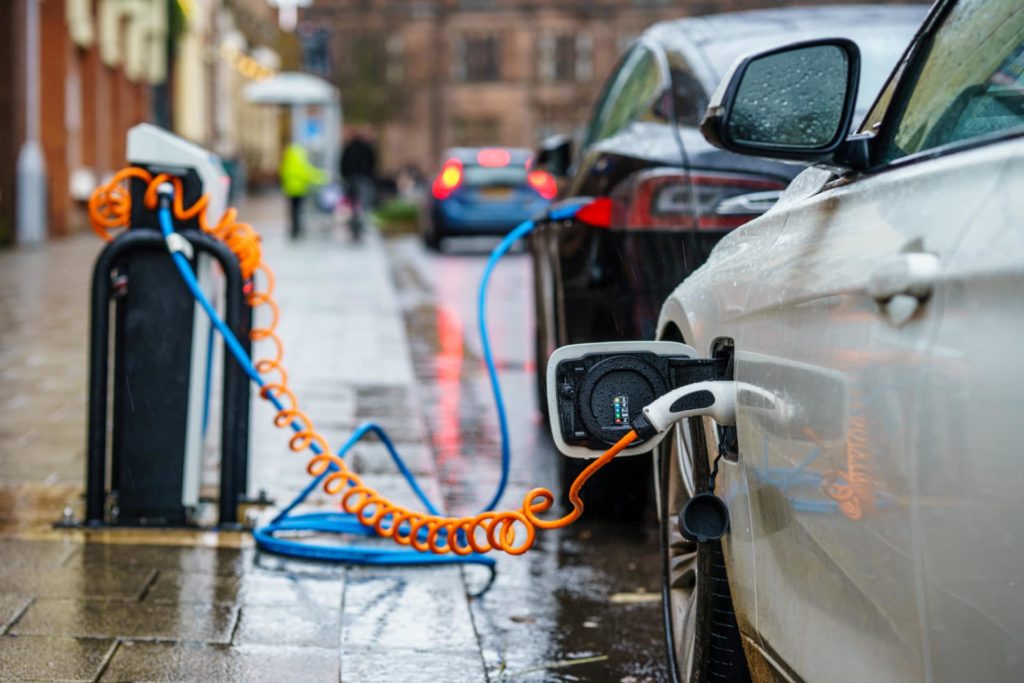
The year ahead – a 2024 Clean Energy preview

By Mark Greatholder, Aliki Zeri, Kieran van Bussel, Colin Shear
8 Feb 2024 | 6 minute read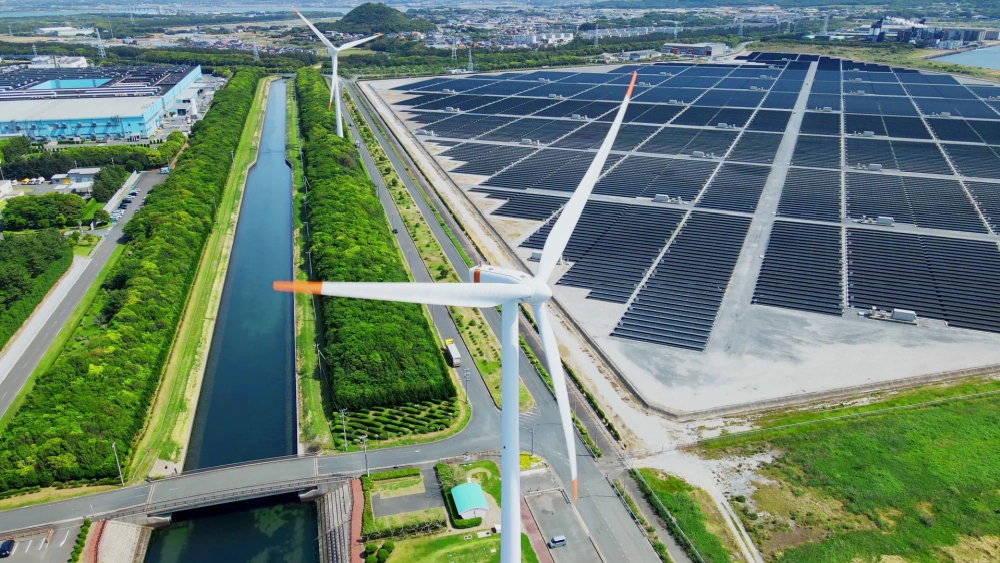
Just over a month into the New Year and 2024 is shaping up to be an interesting year globally for the clean energy industry.
Globally 2024 is going to be a year of elections, with a general election likely taking place in the UK as early as November 2024, the US presidential and congressional elections taking place on 5 November 2024 and elections for the presidency of the Russian Federation taking place in March 2024. The outcome of these elections will undoubtedly impact the energy industry. For instance, in the US, a potential win for the Trump administration could see a number of policies introduced under the Biden administration being unwound. This would include a potential repeal of the Inflation Reduction Act, which pledged $369bn in subsidies and tax relief to support green technologies, including green hydrogen. Similarly in the UK, the clean energy debate will be heavily politicised and the narrative coming from Westminster is bound to affect the rate of investment in clean energy in the UK.
Elections aside, 2024 will also see investment in cleantech continue to gain momentum. The January 2024 “Global Cleantech 100” report makes for impressive reading. Even more so as nine companies founded in the UK have made the cut, including OXCCU, a start-up focussing on the creation of sustainable aviation fuel from biogenic carbon dioxide and green hydrogen.
The electric vehicle (“EV") industry will continue to mature in 2024. Whilst global sales of EVs rose by 31% in 2023 compared to 60% in 2022, commentators see this as a marker of a maturing market and not as a sign of concern. Investment in EVs is anticipated to continue in 2024 as EV battery technology improves with greater capacity and longer lifespans, charging time for EVs is reduced and more EV infrastructure becomes available.
General Elections in the UK
So far the emphasis for both main political parties, the Conservative Party and the Labour Party, has been on the economy and any discourse around climate change has and will continue to be informed by economic considerations.
Labour’s “Green Prosperity Plan”, first announced in 2021, included the creation of a publicly owned company (“Great British Energy”) intended to invest in clean energy projects, as well as £28bn/year of investment in clean energy projects. Following considerable criticism by the Conservative Party in light of increasing interest rates and the state of the economy and some internal discord within the Labour Party as regards this cornerstone policy, the Labour Party is expected to withdraw its £28bn/year pledge today. It remains to be seen how much of the "Green Prosperity Plan" will be carried forward in its election manifesto.
The Conservative Party has already indicated that the party will be adopting a ‘more pragmatic, proportionate and realistic approach’ to climate change, by delaying the ban on the sale of petrol and diesel cars from 2030 to 2035 and delaying the target for eliminating the use of gas boilers. The move attracted considerable criticism by the clean energy industry and concerns were raised over denting investor confidence. The Prime Minister maintained his commitment for the UK to achieve Net Zero by 2050, but indicated that the approach presented would garner more favour with the public.
The "Net zero policy tracker: June 2023 update" published by the Green Alliance on 13 June 2023, highlighted that the UK was off track to achieve its Net Zero ambitions, "with just 28 per cent of the emissions cuts needed covered by confirmed policy". Whilst Green Alliance has not published a further update to its report, one would expect that following the Conservative Party's announcements in September 2023 the gap between policy and the UK government's Net Zero target would have widened further.
At a point where the need for climate action is imperative, convincing voters that climate change could have a direct and adverse impact on their finances would be key for any party pursuing a robust climate agenda.
Clean Energy in the UK in 2024
Solar, both ground-mounted and rooftop, will continue to be built in the UK in 2024. 2023 was a bumper year for rooftop solar installations and the announcement in the latter part of 2023 regarding the relaxation of planning rules for rooftop solar installations is anticipated to be a catalyst for the continuation of this upward trajectory in 2024. The favourable policy environment and the clear demand for such installations in the UK have piqued the interest of European companies, who have sought to make tracks in the UK market.
Investment in ground-mounted solar will continue in 2024 and we anticipate that more Nationally Significant Infrastructure Projects (‘NSIP’) will come forward in the next 12 months. Whilst such projects require significant upfront investment (with no certainty over the anticipated outcome), and take longer to come to fruition, their scale means that the anticipated return on investment is likely to be greater than for smaller scale projects. As the cost of capital and the interest rate on borrowing continues to increase (although forecasts suggest interest rates may start to fall later this year), solar assets need to perform better in order to achieve a satisfactory return on investment (and this may in some instances require larger scale projects to make this happen).
Investment in battery energy storage systems (“BESS”), both grid-scale and ‘behind the meter’, will also continue in 2024, even though 2023 saw a considerable reduction in revenues (when compared with 2021 and 2022). Interestingly, this is not perceived as a market anomaly, but as an anticipated consequence following the high returns of the previous two years. It remains to be seen how BESS will perform financially in 2024. According to research by Modo Energy, in January 2024, average revenues for BESS fell by 24% compared to December 2023.
We anticipate that more truly co-located assets will come to the fore. We have discussed the issues around co-location in our recent article [Co-location of battery storage assets: creating value for clean energy projects | Foot Anstey] – the key take-away is to ensure optimal technical configuration of the two disparate aspects of the project and to choose an optimisation strategy (and optimiser) wisely. It appears that the industry has all but settled on a primarily AC coupled model for co-located solar PV and BESS systems – this consensus should lead to better access to funding for such projects.
But of course, all will not be rosy in 2024. Grid connection delays and uncertainty over grid connection costs will continue to affect the sector.
March 2023 saw the introduction of the ‘Two-Step Offer’ connection process for new connection applications. This process was intended to run for a 12-month period, which will come to an end on 1 March 2024. Applicants will therefore shortly be receiving their ‘Step Two’ offers, which will detail the proposed connection date and anticipated costs. We expect that not all ‘Step Two’ offers will be accepted, which may mean that some grid capacity is released.
December 2023 also saw the introduction of a queue management system in the Connection and Use of System Code (“CUSC”), which was intended to remove ‘zombie’ projects from the queue. We have commented on the issues associated with the proposed system in our article Grid Connection Reform – A legal view | Foot Anstey. We are not aware of any decisions to terminate existing grid connection offers under this new system, but we are aware that distribution network operators are becoming increasingly focused on projects that secured a grid connection offer a few years ago and have failed to progress in accordance with the agreed milestones.
There have been no new applications for onshore wind projects, between September 2023, when the de facto ‘ban’ on new onshore wind installations was lifted, and February 2024 according to data from the Renewable Energy Planning Database. This is certainly telling of an industry that has lost its faith in the UK government. The Labour Party has promised to “immediately remove the onshore wind ban” so there may still be hope for the sector (anecdotally, more onshore wind projects are coming through into pre-planning). However, approximately 1.5GW of onshore wind capacity was awarded in the UK’s Contracts for Different (CfD) Allocation Round 5 (AR5) in 2023 which was a significant step up from the 888MW of capacity secured in the 2022 auction, so it will be interesting to see what happens in 2024.
2023 saw the first phase of the world’s largest (once constructed) offshore wind farm, Dogger Bank, come online. This was a considerable achievement that was somewhat overshadowed by the fact that offshore wind did not attract any bids in the CfD AR5. Offshore wind projects rely on significant government support due to their costs and long-lead construction timeframes, and without such support they are simply not viable.
For AR6, eligible offshore wind installations have seen an increase in the maximum strike price of 66% (from £44/MWh to £73/MWh), whereas floating offshore wind (FLOW) projects have seen an increase of 52% (the maximum strike price is £176/MWh). Additionally, interested parties will be pleased to know that offshore wind will have its own separate pot, in recognition of rising supply chain costs and the need to boost investor confidence. This may have the desired effect of attracting more investment in the sector. We will see further opportunities to develop offshore wind in 2024, including in the Celtic Sea and off the coasts of South Wales and South West England, where there are plans to create up to 4.5GW of renewable energy capacity. In its Autumn Statement in November 2023, the UK Government also confirmed its intention to unlock space for a further 12GW of capacity in the Celtic Sea.
In January 2024 Sizewell C triggered the Development Consent Order (DCO) paving the way for construction to commence, which will go some way towards serving the UK Government’s ambition to have up to 24GW of new nuclear capacity by 2050.
Commentators often compare nuclear plants with other forms of clean energy generation, such as solar and onshore wind, that are cheaper and quicker to build. They argue that nuclear generation has high up-front capital expenditure costs, is heavily reliant on government funding and takes too long to build. However, we do not see this as a like-for-like comparison. Nuclear generation has a key role to play in diversifying the UK’s energy mix, not least by providing a consistent reliable base load of energy that can be supplemented by other forms of more intermittent renewable energy sources. One ought also not to forget about the additional societal benefits associated with projects of that magnitude, including the creation of opportunities for local labour and the establishment of a more robust supply chain.
We also anticipate seeing increasing interest in the development of small modular reactors (SMRs), which are considered to be lower cost, deployable, scalable and investable.
The hydrogen industry remained in its infancy during 2023. However, the conclusion of the first hydrogen allocation round with the award of funding to 11 projects in December 2023 means that a lot more activity is expected in 2024. Applications for the second hydrogen allocation round opened on 6 February 2024 (for those entities that have submitted an expression of interest by 5 February 2024) and interested parties will need to submit a complete application by 19 April 2024.
Hydrogen projects, by their very nature, touch and affect several industries, including the agricultural, maritime, FLOW and aviation industries and we anticipate the emergence of more cross-sector collaborations in this space. This has clear advantages for all parties involved, including access to additional funding streams (in addition to the Hydrogen Business Model) and the promotion of innovation and best practices.
Diversification and consolidation
Diversification, either by asset class or geographical location of assets, will be key for developers and investors in 2024 and beyond. With political uncertainty, both in the UK and abroad owning and operating assets in geographical locations allows interested parties to hedge their bets. Gore Street Capital has done this successfully by managing a BESS portfolio spanning a number of different countries, sizes, and types of batteries. Key to Gore Street Capital's success is the investment in the people capital (all trading and optimisation of assets take place in-house), consistency in the selection of the supply chain and the application of best practices across its portfolio.
Diversification is not for everyone though, and this is where consolidation is likely to emerge. For the purposes of this article, we are viewing consolidation as an attempt to bring several small-scale assets under a single umbrella, whether that is an infrastructure fund that is looking to enter the market via the creation of a new clean energy division or a well-established developer looking at increasing their share of the energy pie.
In 2023 we have seen an increase in the number of M&A transactions and corporate joint ventures in the UK. We anticipate that these trends will continue in 2024, with portfolio acquisitions of existing subsidised assets (whether under the Feed-in-Tariffs or Renewable Obligation Certificates schemes) and corporate joint ventures between established UK corporates and new entrants to the market.
In the current financial environment, where there is a need to extract maximum value from assets, due diligence (legal, technical and financial) will be key to the success of any acquisition. As regards joint ventures, these can take a long time to negotiate and put in place but if they operate well they hold the promise of a long term partnership and substantial returns for all parties involved.
Investment in cleantech
Innovation is at the heart of financial success, and we anticipate that investment in cleantech will continue in 2024. This applies to established technologies, such as solar pv, but also nascent technologies such as hydrogen with a key focus on both hardware (including electrolysers), as well as processes (including the use of hydrogen to produce new material, such as sustainable aviation fuel).
And whilst interest and investment in cleantech will continue in 2024, cleantech companies seeking to attract equity investment will need to stand out from the competition. Having produced a product or service with unique characteristics, a cleantech business will need to ensure that its intellectual property in the product or service is adequately protected, that it has secured its supply chain (through appropriate contracting arrangements) and its market share (through the identification of potential customers and a commitment towards the acquisition of said products and/or services). Securing strong positions in relation to each of these cornerstones of any new product or service is critical to achieving investor confidence.
Concluding Remarks
2024 promises to be an exciting year for clean energy in the UK. Whilst the policy landscape is forever changing, this is not unique to the UK and certainly not a new challenge for the country (especially considering the last 24 months). Our clean energy team has significant experience in advising on all matters covered in this note and would welcome a discussion with you in relation to any clean energy project that you are involved with. We look forward to hearing and discussing your predictions for 2024.







